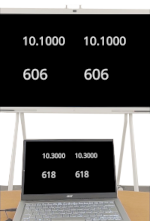Perform Latency and Performance Test¶
For support purposes, we may ask you to perform a latency test or a performance test on your QuattroPod device. When used correctly, the latency time for a video transmission in Full HD (1920 x 1080, 60Hz) should be about 0.2 seconds and in UHD (3840 x 2060, 30Hz) about 0.7 seconds. Additionally, playing a video should be possible for at least 6 hours.
Such a test (5 GHz in Full HD and UHD) was performed in the video below. The latency time for a video transmission in Full HD (1920 x 1080, 60Hz) is about 0.2 seconds:
Note
Before starting the test, please make sure that you have carefully read our Setup Recommendations for the QuattroPod as well as the Network Requirements. We also recommend a Firmware Update and Reset of the device to ensure you are working with the optimal device configuration.
Latency Test¶
This guide describes how to perform a latency test with a Windows PC. Of course, you can perform the test with other devices as well.
Download Video File¶
- First, download the latency test video below to your Windows PC:
- Play the video in your media player:
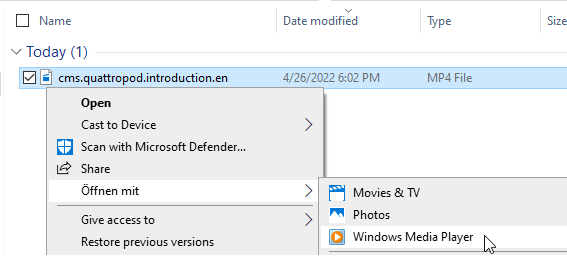
Perform Screen Transmission¶
Before starting the latency test, we recommend taking the following two precautions:
-
Disconnect the QuattroPod from the WLAN/LAN network infrastructure to avoid any external influence. This means you will only test the connection from your device to the QuattroPod. You can reconnect the WLAN/LAN later and repeat the test.
-
Perform the test on a QuattroPod with the latest firmware, that has been reset and configured with our recommended settings.
We recommend two ways to perform screen transmission as a latency test under Windows:
Miracast on Windows:¶
Press the key combination [Windows] + [K] to open the CONNECT dialog. Select the QuattroPod:

A comprehensive guide on using Miracast on Windows can be found here:
Connect Transmitter and Share Screen¶
- Connect the transmitter to your Windows notebook and mirror the screen to the large display:
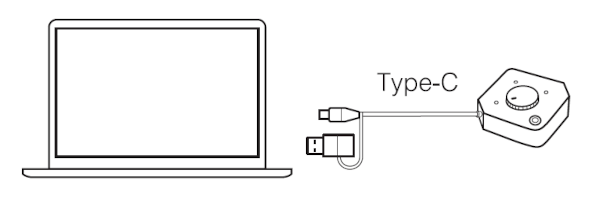
Note
Let the screen transmission run as long as possible. If the transmission is interrupted, please send us a log file.
Check Latency Time¶
- While the video is playing, take a photo with your phone and subtract the value displayed on your device in the top left from the value shown on the large screen or projector. This shows the latency time of the transmission:
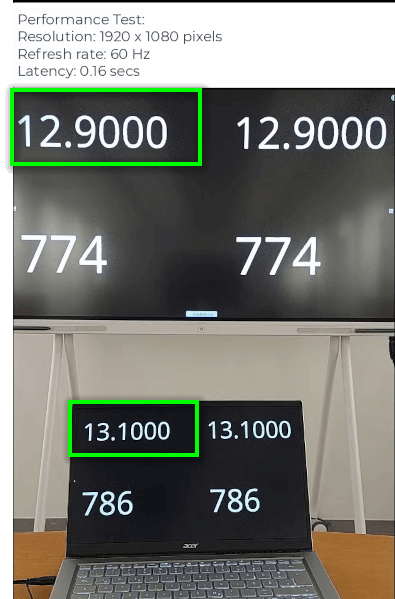
Long Performance Test¶
This guide describes how to perform a long performance test with a Windows PC. Of course, you can conduct the test with other devices as well. Just make sure that the device does not go into power saving mode or turn off during the test.
Download Auto Mouse Mover¶
- To prevent the Windows PC from going into power saving mode during the test, download the software
 Auto Mouse Mover, the Stand Alone Application version, and extract the .zip file on your Windows PC:
Auto Mouse Mover, the Stand Alone Application version, and extract the .zip file on your Windows PC:
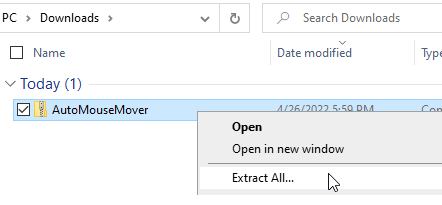
- Run the file AutoMouseMover.exe:
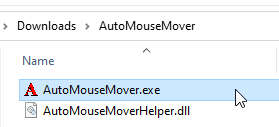
- On the license agreement, select
Accept:

- You can keep the default settings and simply click
Save & Hide to System Trayto minimize the software to the system tray:
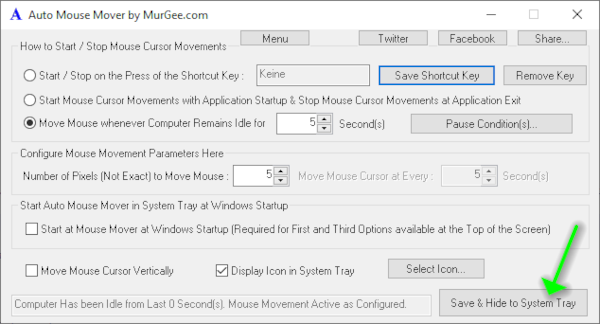
Play Video File Repeatedly¶
- Download the following MP4 video on your Windows PC:
- Open the video in Windows Media Player:

- Enable the repeat button:

- The video will play repeatedly and be transmitted to the large display:
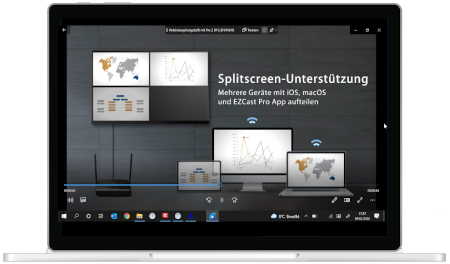
Perform Screen Transmission¶
Before starting the latency test, we recommend taking the following two precautions:
-
Disconnect the QuattroPod from the WLAN/LAN network infrastructure to avoid any external influence. This means you will only test the connection from your device to the QuattroPod. You can reconnect the WLAN/LAN later and repeat the test.
-
Perform the test on a QuattroPod with the latest firmware, that has been reset and configured with our recommended settings.
We recommend two ways to perform screen transmission as a latency test under Windows:
Miracast on Windows:¶
Press the key combination [Windows] + [K] to open the CONNECT dialog. Select the QuattroPod:

A comprehensive guide on using Miracast on Windows can be found here:
Connect Transmitter and Share Screen¶
- Connect the transmitter to your Windows notebook and mirror the screen to the large display:

Note
Let the screen transmission run as long as possible. If the transmission is interrupted, please send us a log file.
